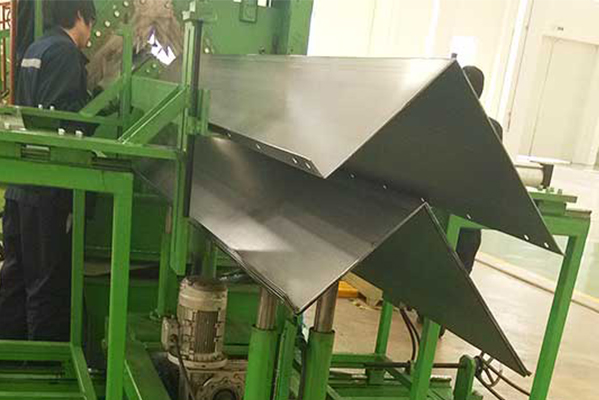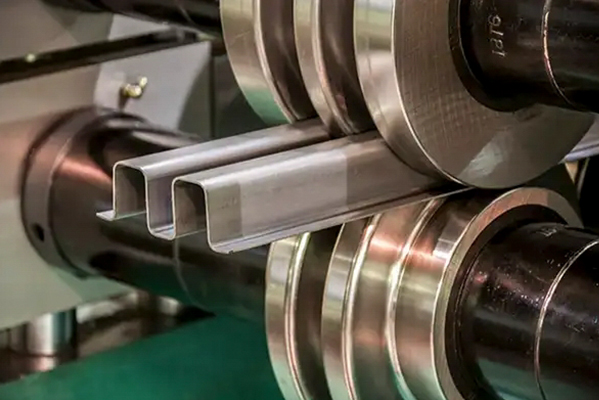Navigation Menu
Contact Us
- Email:
- info@wxavatar.com
- Address:
- Yurong Village, Yuqi Street, Huishan District, Wuxi, China.
Release Date:Apr 21, 2025 Visit:61 Source:Roll Forming Machine Factory
Metal rolling is a key manufacturing technique used to shape metal into desired forms by passing it through rollers. This process is widely applied in industries such as construction, automotive, and machinery production. Different rolling methods are used depending on the material, temperature, and final product requirements.

1. Hot Rolling
Hot rolling involves processing metal at temperatures above its recrystallization point. This method allows for easier shaping and is commonly used for large-scale production.
Advantages: Improved ductility, reduced hardness, and the ability to produce large sections.
Applications: Structural beams, railroad tracks, and thick metal plates.
2. Cold Rolling
Cold rolling is performed at or near room temperature, resulting in a smoother surface finish and tighter dimensional tolerances.
Advantages: Higher strength, improved surface quality, and precise thickness control.
Applications: Sheet metal, automotive parts, and appliances.
3. Flat Rolling
Flat rolling reduces the thickness of metal sheets or strips while maintaining a consistent width.
Process: Metal passes between two parallel rollers to achieve uniform thickness.
Applications: Manufacturing of steel plates, aluminum sheets, and foil.
4. Shape Rolling
Shape rolling produces metal bars or structural sections with specific cross-sectional profiles, such as I-beams, angles, or channels.
Process: Metal is passed through a series of contoured rollers to form the desired shape.
Applications: Construction beams, railroad rails, and reinforcement bars.
5. Ring Rolling
Ring rolling is used to create seamless metal rings by gradually reducing the thickness and expanding the diameter.
Process: A thick-walled ring is rotated and compressed between rollers to achieve the required dimensions.
Applications: Bearings, flanges, and turbine components.
6. Thread Rolling
Thread rolling forms threads on cylindrical metal parts by pressing them between dies rather than cutting.
Advantages: Increased strength, faster production, and better fatigue resistance compared to cut threads.
Applications: Bolts, screws, and fasteners.
7. Transverse Rolling
Transverse rolling, also known as cross rolling, deforms metal perpendicular to its length to produce tapered or stepped components.
Process: The workpiece is fed transversely between shaped rollers.
Applications: Axles, shafts, and tapered rollers.

Conclusion
Metal rolling encompasses various techniques tailored to different industrial needs. Each method offers distinct advantages in terms of material properties, efficiency, and product quality. By selecting the appropriate rolling process, manufacturers can achieve precise dimensions, improved strength, and cost-effective production.